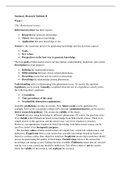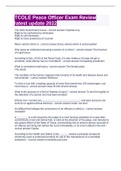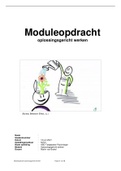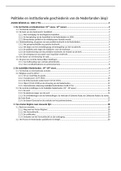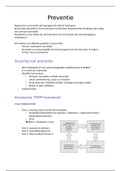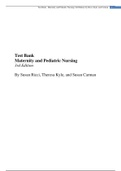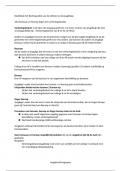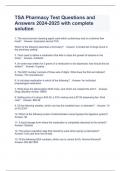Samenvatting
Samenvatting Methodologie II Jaar 2.5 Psychologie
- Instelling
- Vrije Universiteit Amsterdam (VU)
Dit is een samenvatting voor het vak Methodologie II van het tweede jaar psychologie. De samenvatting is gebaseerd op het boek Principles of Research in Behavioral Science van Mary E. Kite en Bernard E. Whitley Jr. en op informatie uit de hoorcolleges en werkgroepen. Door te studeren aan de hand va...
[Meer zien]
